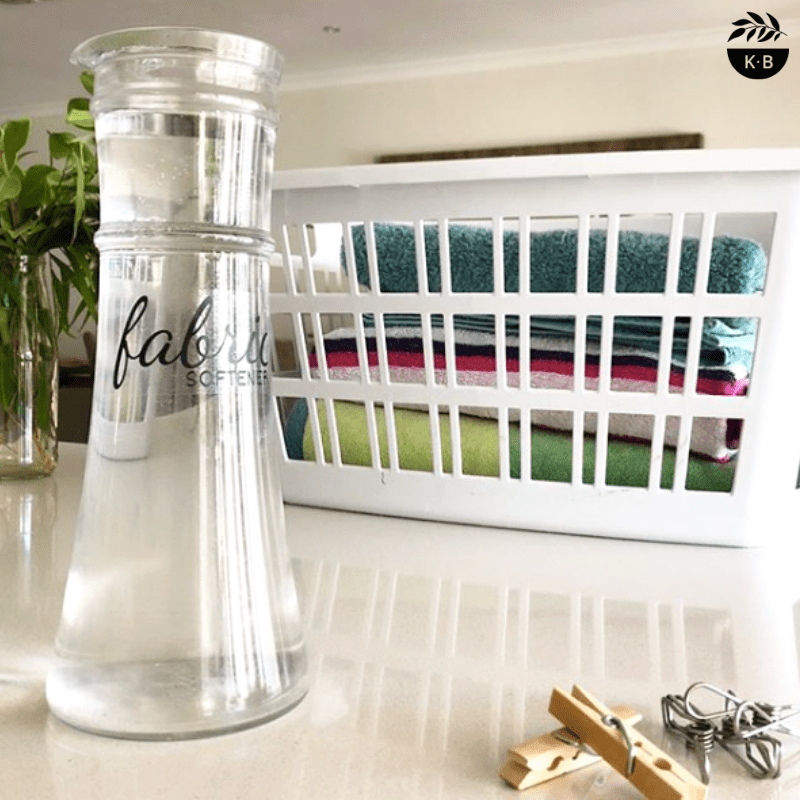 When it comes to ditching mainstream fabric softener, there are many reasons worth considering, but the best reason for making the switch to a natural DIY version is that it’s the only way to be certain about what you’re using. Do you really know what is inside the products you use day to day?
When it comes to ditching mainstream fabric softener, there are many reasons worth considering, but the best reason for making the switch to a natural DIY version is that it’s the only way to be certain about what you’re using. Do you really know what is inside the products you use day to day?
Are you aware that, in Australia at least, companies are not required to disclose ingredients on cleaning products?
Isn’t that absurd? I believe we are entitled to know exactly what it is we’re buying and using, but sadly the law doesn’t agree with me! (Note: I plan on doing whatever I can to change this and I’m starting with a petition which you can sign here).
What Is Fabric Softener?
It is typically a liquid added to your washing machine, that promises to deliver fresh, clean-scented, softer, static-free, reduced-wrinkle clothing. I think that most people use them out of habit, rather than necessity; it’s just part of their laundering process.
One problem with commercial fabric softeners is that they actually coat fibres and makes them feel more slippery, but in the process, can reduce the absorbency of towels, transport chemicals to the skin while you’re wearing treated clothing, and reduce the fire retardancy of clothing (that’s a whole other issue right there!).
Now, because the law does not require ingredients in cleaning products to be disclosed, you could only guess what is inside those squishy packets and bottles.
Among Many Other Ingredients, You’ll Probably Find The Following:
〉Synthetic Fragrance – These are added to make clothes smell ‘nice’. Known to cause headaches, skin and respiratory irritation, hormone disruption… I personally detest this stuff, you can read about that here.
〉Quaternary Ammonium Compounds (QUATS) – Used to reduce static to clothing and make them ‘slippery’. This is a broad term given to a group of chemicals known to irritate skin and the respiratory system (triggering asthma).
〉Methylisothiazolinone – A preservative that has been found to irritate skin and cause contact dermatitis. It is also known to be acutely toxic to aquatics.
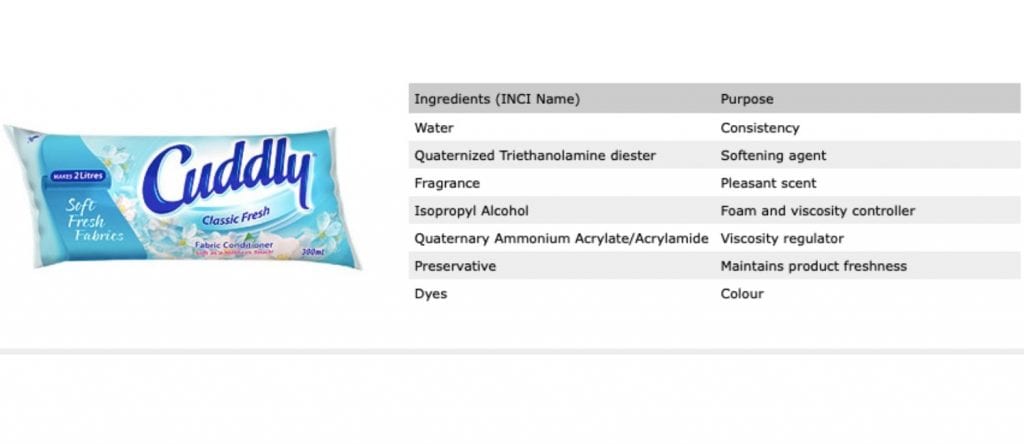
Commercial fabric softeners are known to be one of the biggest contributors to indoor air pollution. And, they’re certainly not good for the environment (this study looks into this).
Now, let’s consider the stickiness, or substantivity, of fragrance – this will resonate most with people who have ditched the softener already…
Have you ever received hand-me-downs, or had someone helpfully wash clothes for you, and immediately noticed how strong and persistent the softener stench is?
I was recently given a massive bag of school uniform hand-me-downs (yay to that, I was sooo grateful!!) but it was clear before I even opened the bag that the clothes had been treated with a commercial fabric softener. I can smell these clothes everywhere. The aroma is wafting from my laundry and into my living area. I’ve washed them twice, hung them in sunshine and they are still noticeably smelly.
That’s ok, I’ll persist. Rather than be frustrated, I’m practicing gratitude. Gratitude that my neighbour was so kind (I voluntarily gave her $50 and a bottle of organic red wine, she didn’t want a dime!), and gratitude that I now have the ability to hear what my body is trying to tell me, and this is only possible because I have invested time into reducing the number of toxins we’re exposing ourselves to.
For those of you that still use commercial fabric softeners, the idea of having clothes that smell more like clothes and less like a field of daffodils, may feel a little confronting. Yes, ditching this household ‘staple’ will feel weird initially, but I can almost guarantee that one day soon after, you’ll wonder how you ever tolerated the stench!
More reasons to strengthen the argument for ditching commercial fabric softeners, is that it is way more economical to make your own (you’ll see why later on). Then there is the fact that you’ll be reducing your household waste and minimising your impact on the environment. The most obvious reason however, is that it is simply not needed, we can go without it!
Keen To Try DIY?
It doesn’t get much easier than making your own Fabric Softener. It’s about as simple as salt and vinegar. The salt acts as a water softener and the vinegar is just all-round awesome (but also helps to combat odour and loosen soap build up). Get the recipe here.
You can add essential oils if you wish but I find I can only smell them when the rinse cycle begins on my load, and not on my clothing afterwards (but I am ok with that!) I use a few drops of eucalyptus or lemon and add it as I need it.
To make things even simpler still, you could always just use plain old white vinegar as softener. Yep, just vinegar, that’s it! So simple (and no, you won’t have any lingering fish and chip shop odours). Unlike commercial fabric softeners that tend to coat your machine with a slimy film, vinegar will help to keep your machine clean!
Worried About Vinegar And Your Appliances?
Well, all I can say is that I have been doing this for over 5 years and haven’t seen any issues. I’ve had numerous people share that they’ve been using vinegar in their appliances for over a decade and have had absolutely no issues.
I’ve also been told by a techie that vinegar, salt, citric acid etc are fine to use in household appliances like washing machines and dishwashers (preferable he said). However, if you’re worried, don’t use it. You have to be comfortable with the non-toxic swaps you make at home. Here’s a thought for those unsure: rather than swap out the store-bought for a DIY version, perhaps try just ditching the fabric softener altogether and seeing how you like it.
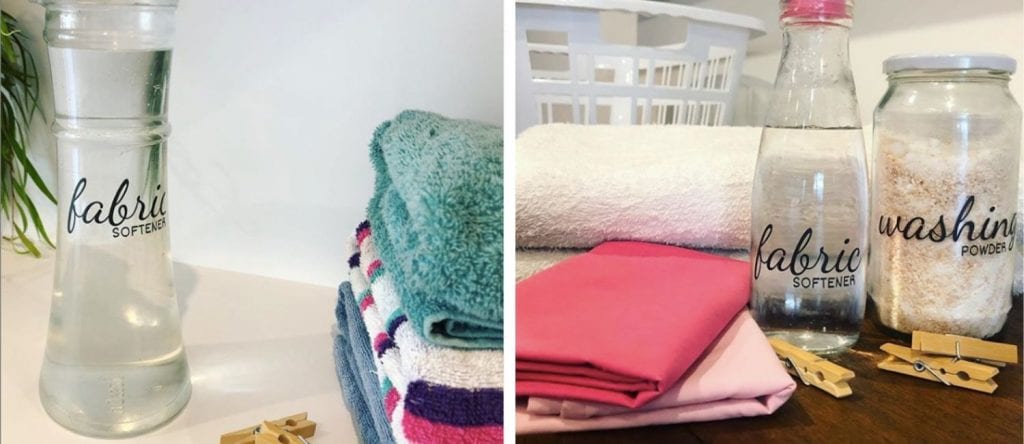
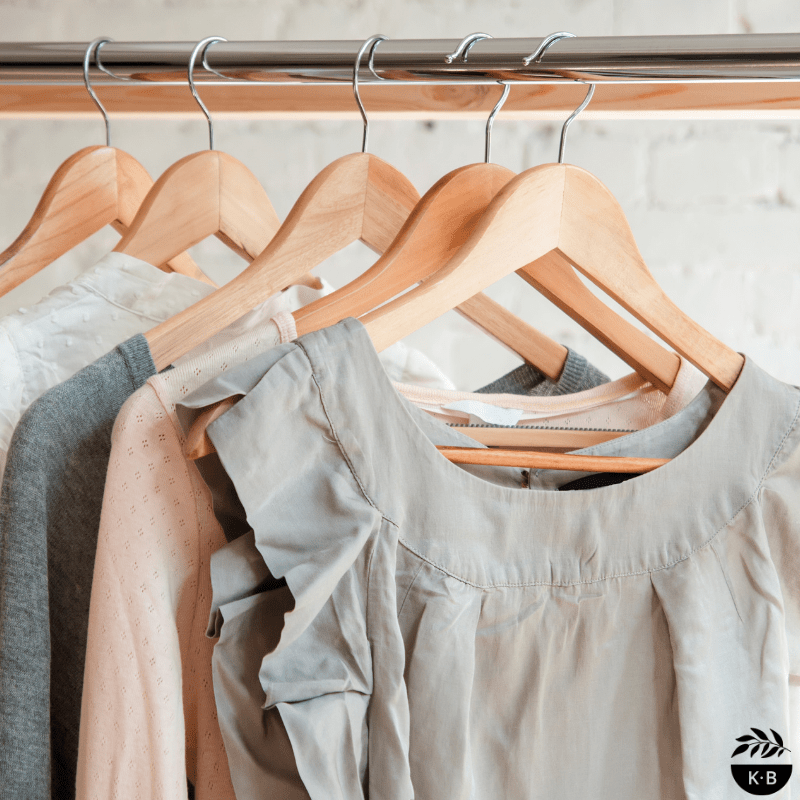
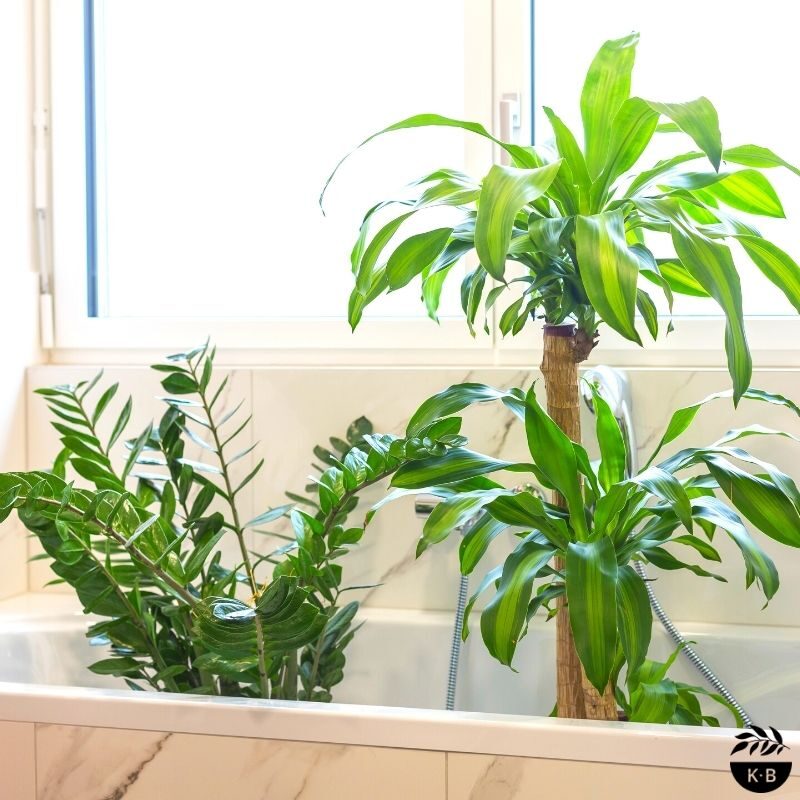
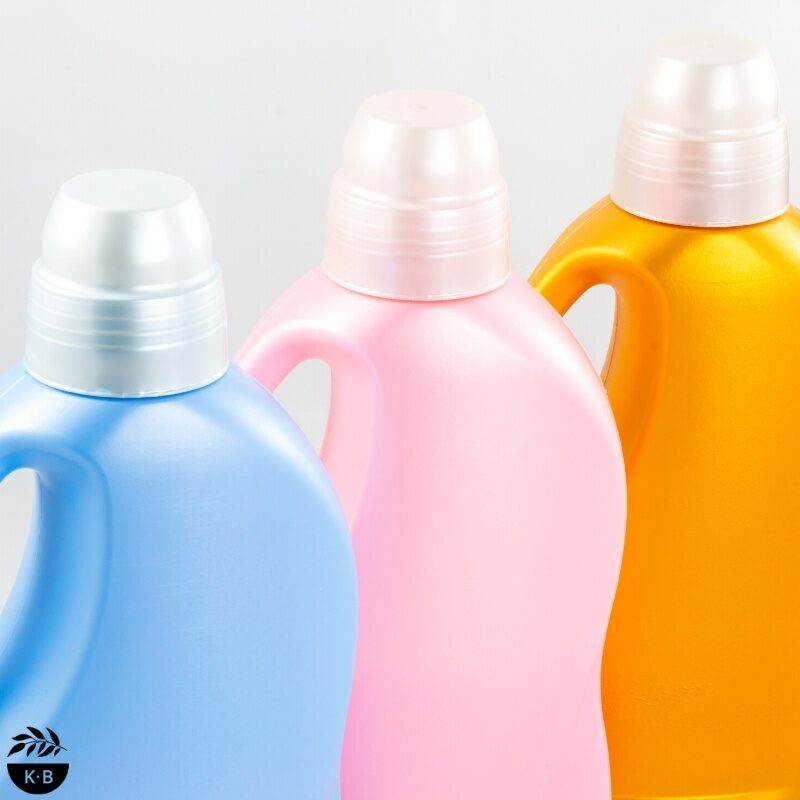

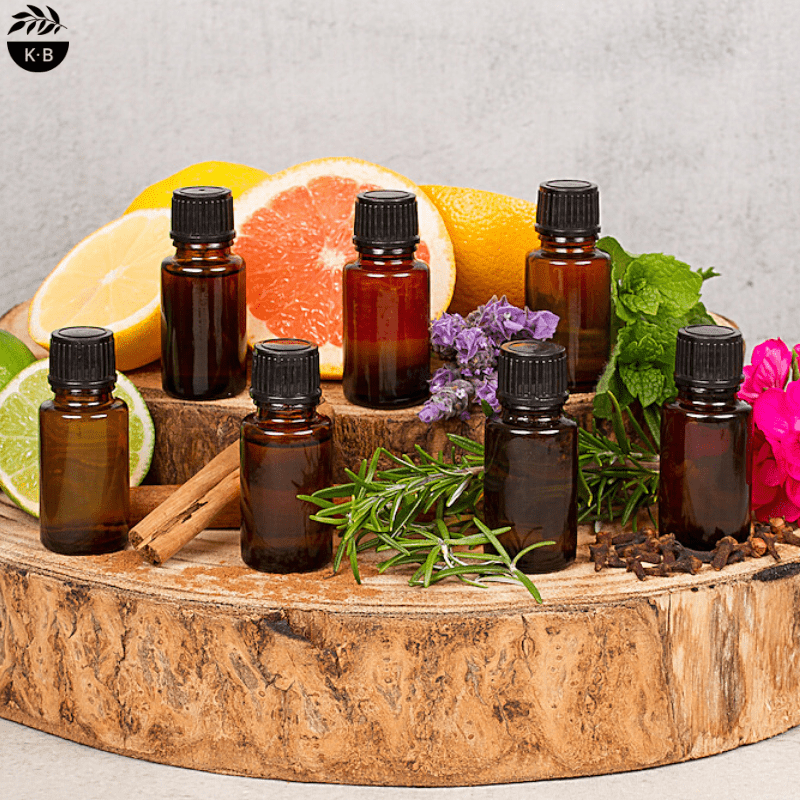
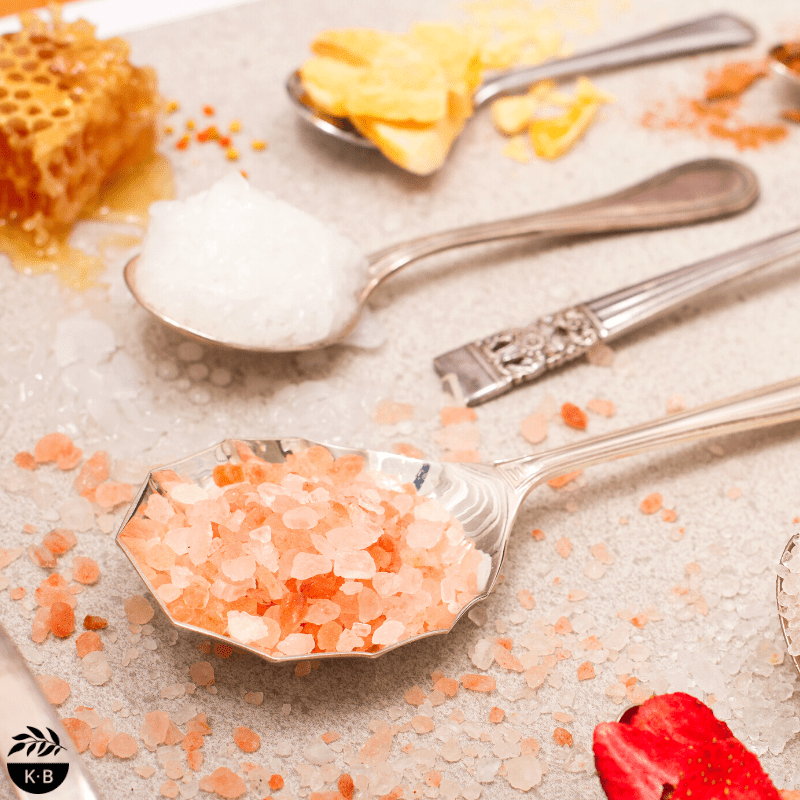
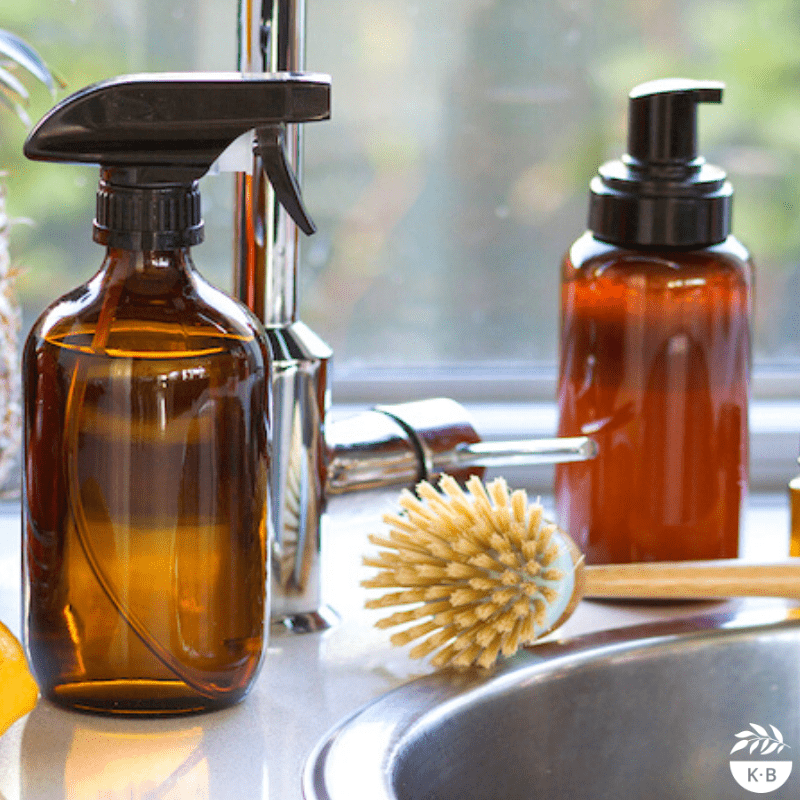
5 Comments
Yeap this is what I always use too or I add bicarb soda to my washing powder mix it in and kill 2 birds with one stone!
I didn’t know we can make our own fabric softener… And you’ve been doing this for 5 years now? We must try this soon then! Thanks for sharing awesome DIY ideas, Krissy. Looking forward to your next DIY tips!
So glad you now know how easy it is to make your own fabric softener. Let me know what you think when you try it 🙂
Hi Krissy, I still can’t find your recipe? Salt and vinigar?
Here you go 🙂 https://krissyballinger.com.au/recipes/cleaning-outdoors-recipes/natural-fabric-softener/